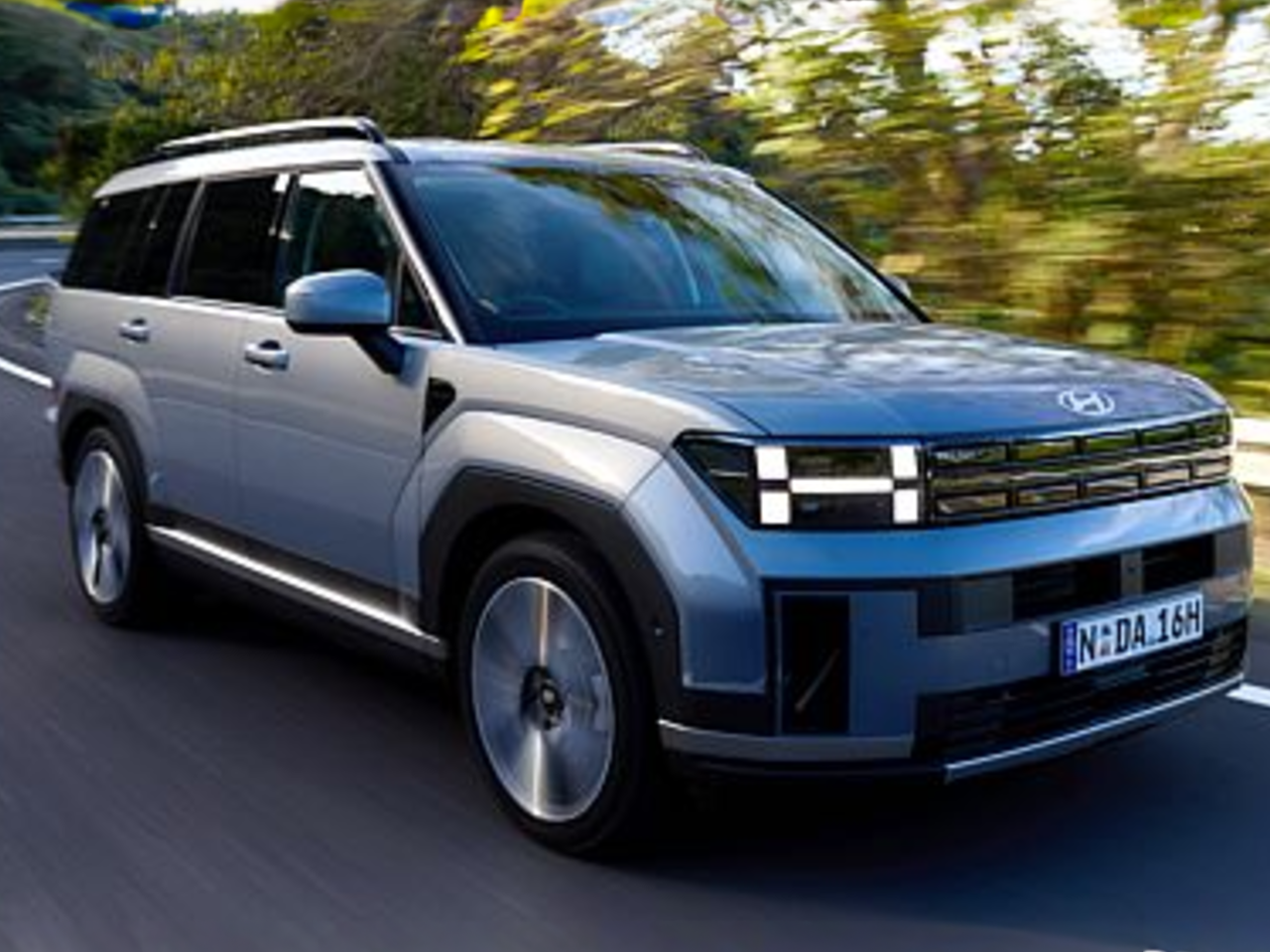Hyundai Aims for Balanced Sales with EVs, Hybrids, and ICE Models by 2030
How will Hyundai’s aggressive EV strategies pave the way for a sustainable automotive future in Australia?
Hyundai Motor Company Australia (HMCA) plans to divide its sales equally between battery electric vehicles (BEV), internal combustion engine (ICE) models, and hybrids by 2030. The brand’s chief operating officer, John Kett, emphasized their readiness to comply with NVES regulations and the need for more aggressive EV strategies.
During the launch of Hyundai’s latest hybrid model, the Santa Fe large SUV, HMCA’s chief operating officer, John Kett, expressed their goal of achieving a balanced sales mix by 2030. He highlighted the importance of complying with the NVES regulations and stated that they need to be more aggressive in their EV strategies to meet the standards.
Kett further emphasized the need to start implementing these strategies now to ensure compliance from day one. He mentioned that if companies are not at a minimum of 33% EV, 33% HEV, and 33% ICE by 2030, they will face difficulties in meeting the standards. He also acknowledged that Hyundai needs to be even more ambitious in their EV mix to achieve their goals.
In terms of hybrid sales, Kett mentioned that Hyundai is well-positioned, with the launch of their i30 Sedan HEV and Kona HEV. He expressed confidence that they will reclaim a top-three position in the hybrid business by the end of 2024. Australian hybrid vehicle sales have been increasing significantly, with a 138.2% year-to-date increase in sales and a 135.6% increase in plug-in hybrids, thanks to incentives.
While Hyundai focuses on achieving a balanced sales mix, Toyota remains the market leader in the petrol-electric hybrid business in Australia. On the other hand, Hyundai’s sister company, Kia, is more focused on BEVs. Although they plan to launch more hybrid variants in the future, they are currently facing challenges in securing petrol-electric supply.
The Santa Fe large SUV has been launched as a hybrid model, featuring a 1.6-litre turbo-petrol engine and an electric motor with a compact lithium-ion polymer battery pack. It offers the option of front-wheel drive or all-wheel drive across different versions. The fuel consumption for all Santa Fe models is stated to be 5.6 litres per 100km on the combined cycle.
In conclusion, Hyundai is aiming for a balanced sales mix of EVs, hybrids, and ICE models by 2030. They are actively implementing strategies to comply with NVES regulations and are seeing a significant increase in hybrid vehicle sales in Australia. While Toyota leads in the petrol-electric hybrid business, Hyundai’s sister brand Kia is focusing more on BEVs. The launch of the Santa Fe hybrid model showcases Hyundai’s commitment to expanding its hybrid lineup in the future.
- HMCA expects to have a 33% mix of EVs, HEVs, and ICE models by 2030.
- They believe it’s essential to start implementing these strategies now to ensure compliance.
- Hyundai is currently seeing a significant increase in hybrid vehicle sales in Australia.
- Toyota remains the market leader in the petrol-electric hybrid business.
- Hyundai’s cousin, Kia, focuses more on BEVs.
- The Santa Fe hybrid model has been launched with a petrol-electric engine and electric motor.
- Hyundai plans to expand its hybrid lineup in the future.
Hyundai’s goal of achieving a balanced sales mix by 2030 reflects their dedication to sustainability and compliance with NVES regulations. With increasing sales of hybrid vehicles in Australia and the launch of the Santa Fe hybrid model, Hyundai is well-positioned for future success. While competition remains strong, Hyundai and its sister brand Kia are determined to make their mark in the electric vehicle market.

